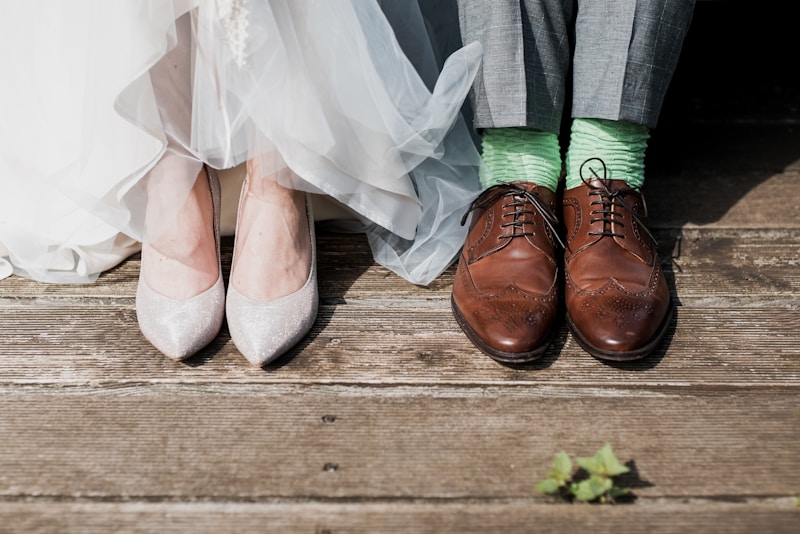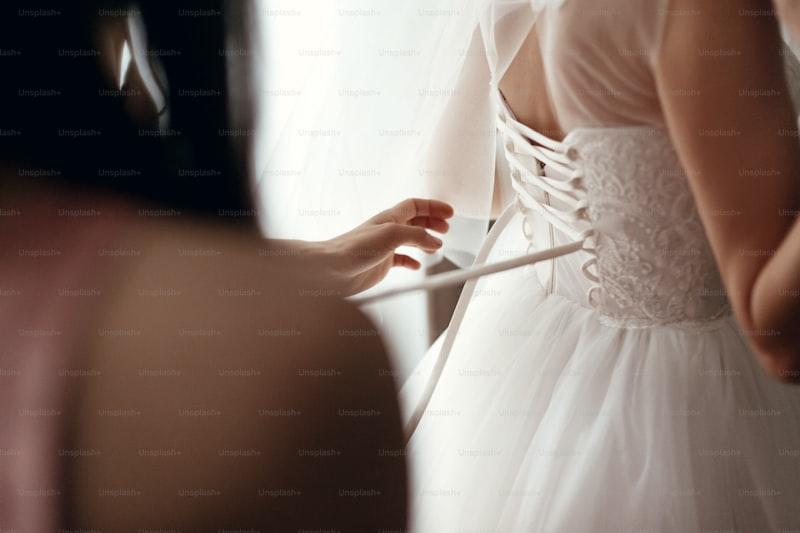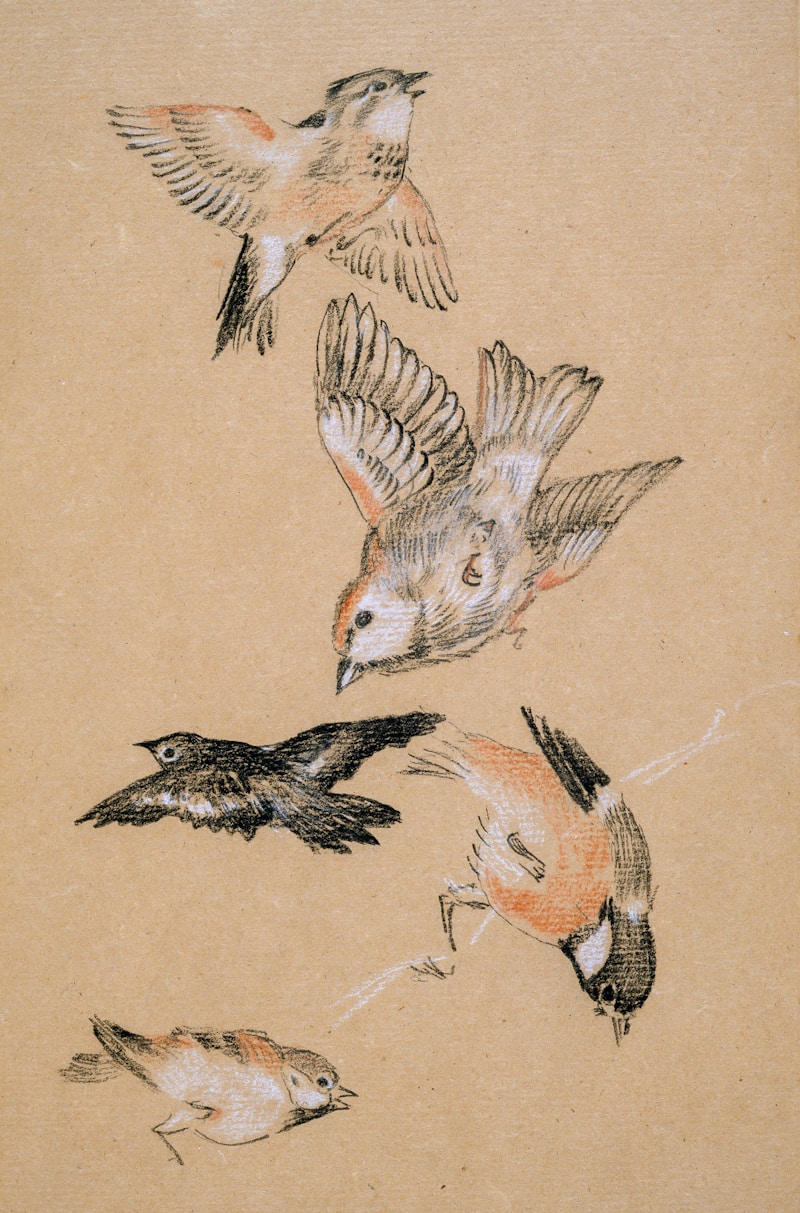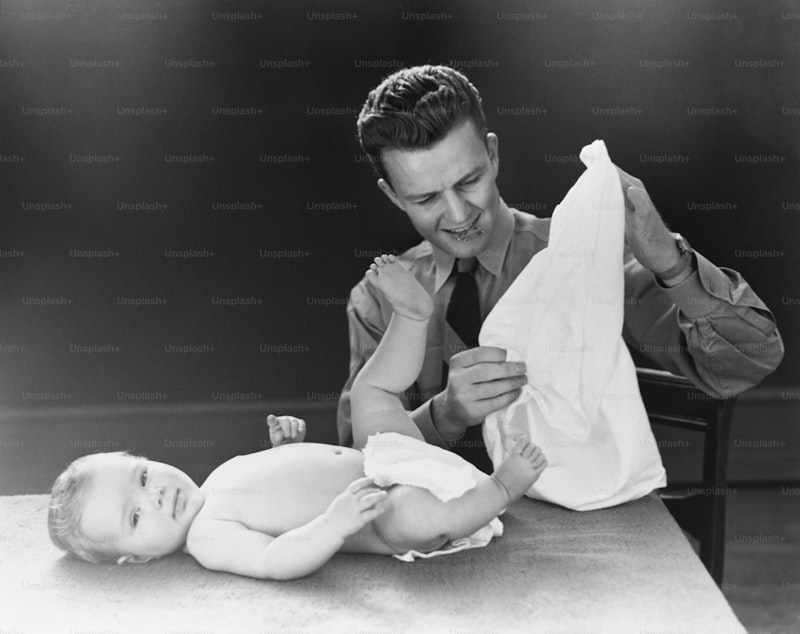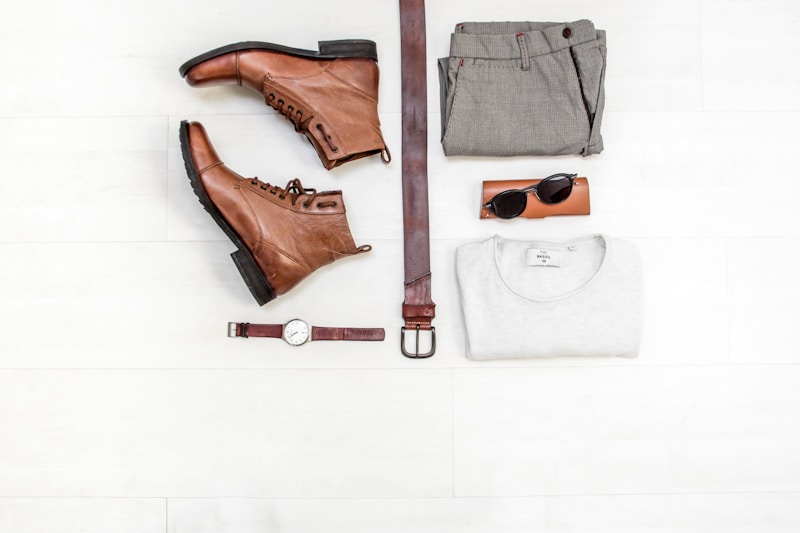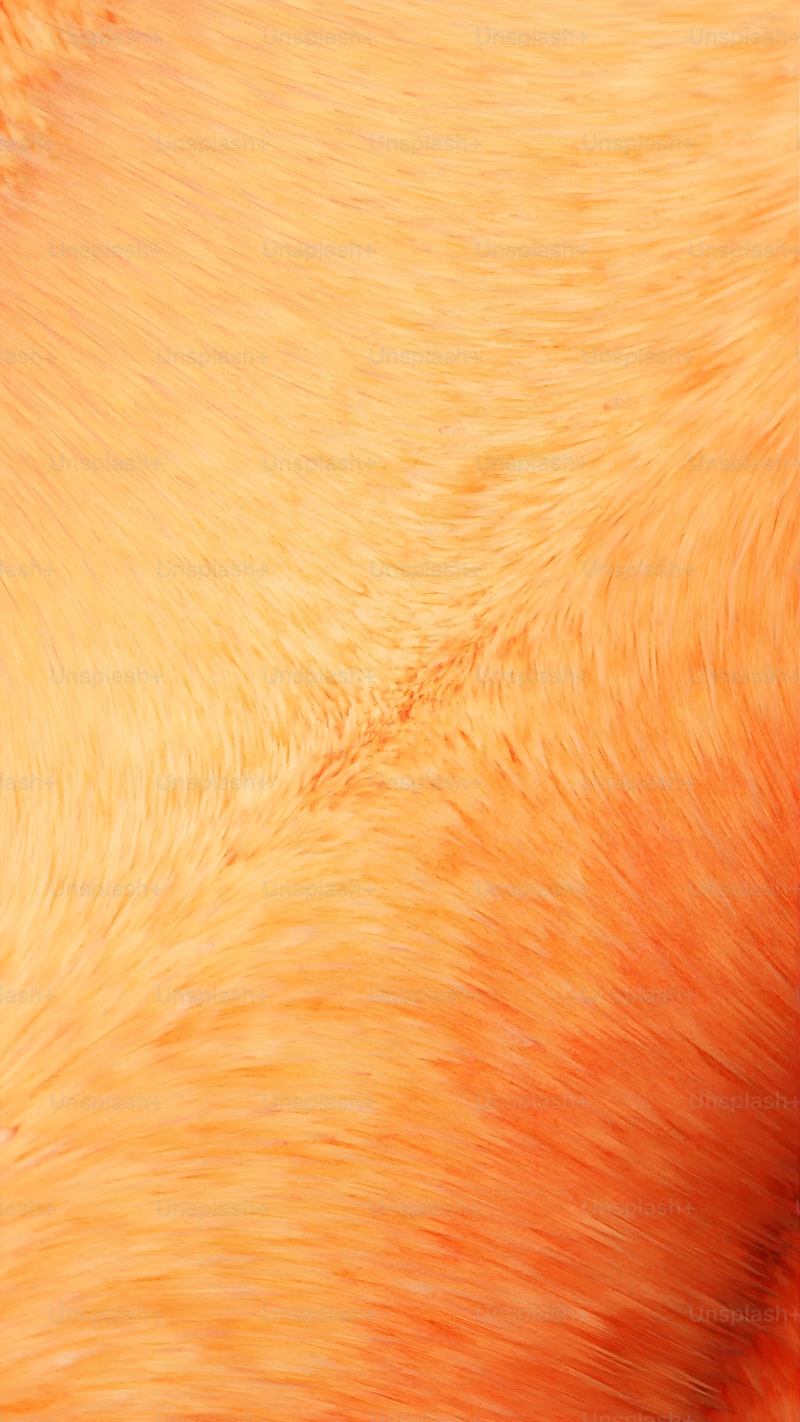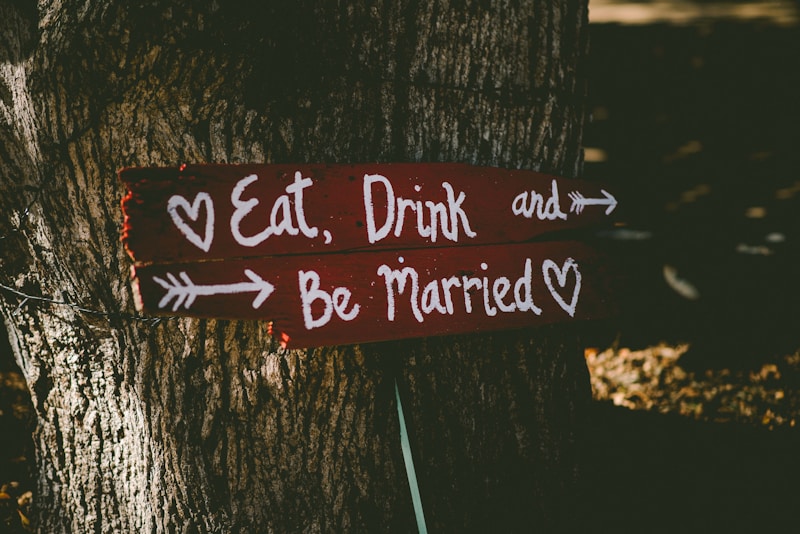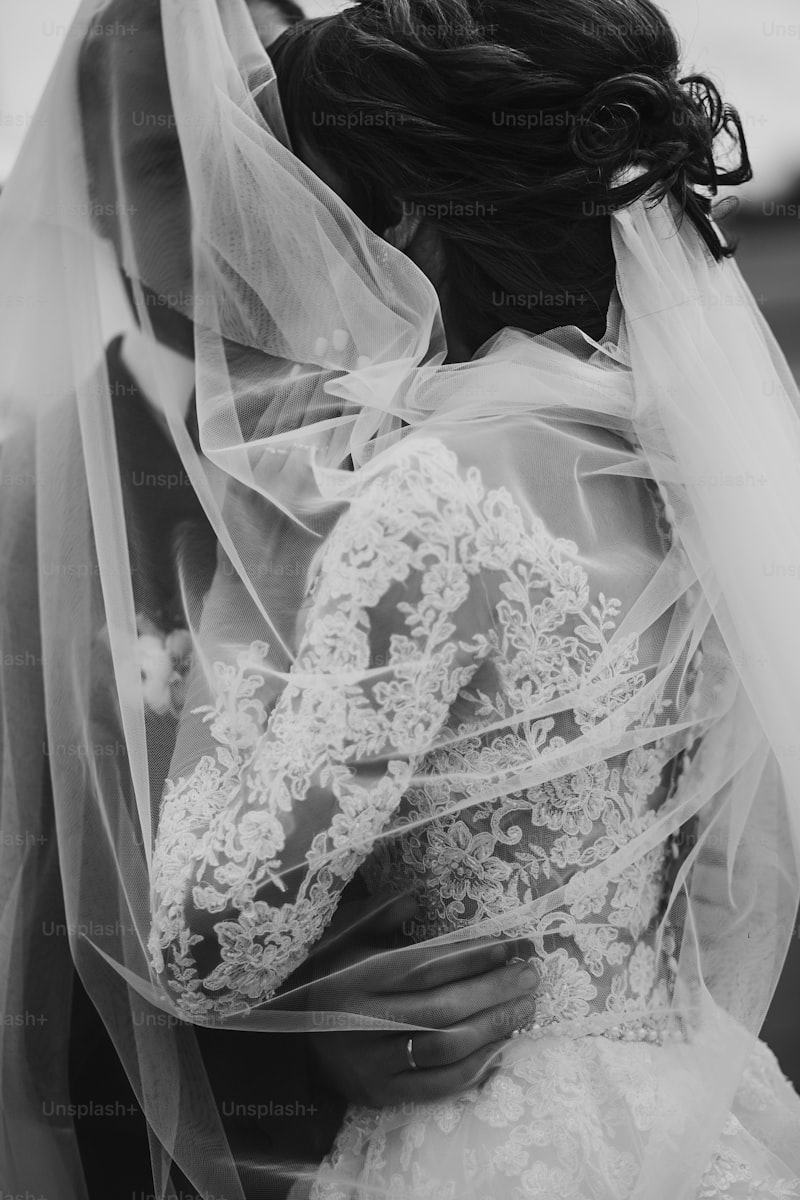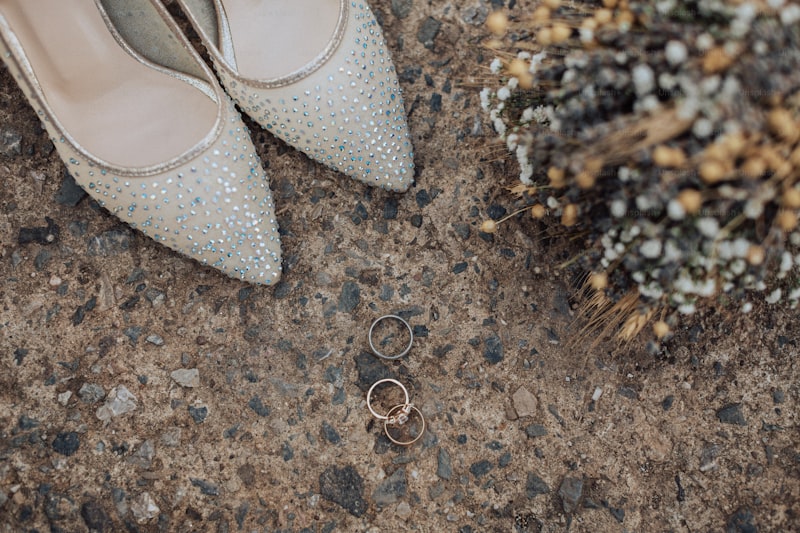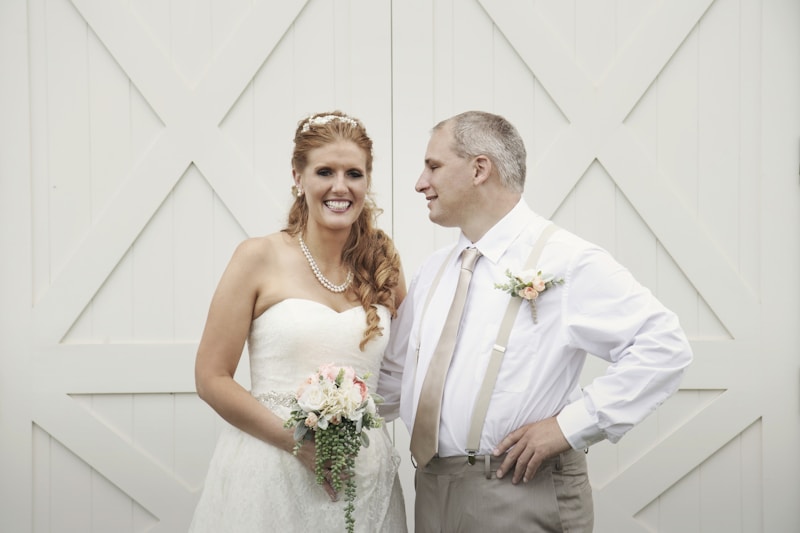The Importance of Dress Preservation After the Wedding
Understanding Dress PreservationThe significance of preserving your wedding dress cannot be overstated. After the celebratory day concludes, the emotions associated with wearing your wedding dress remain intense, and it's essential to ensure that the beauty of this cherished garment is maintained. This article delves into the reasons for dress preservation after the wedding and how to do it effectively, ensuring the longevity of your special attire.Why Preserve Your Wedding Dress?Wedding dresses often hold deep sentimental value. They encapsulate memories of love, joy, and celebration. However, after the wedding day, they are at risk of damage from various sources. Here are some compelling reasons why preserving your dress is crucial: Emotional Value: Your wedding dress represents one of the most significant days of your life. Keeping it preserved means that you maintain a physical reminder of that special day. Heirloom Potential: Many brides choose to pass their dresses down to future generations. A well-preserved dress can be a beautiful family heirloom, allowing your children or grandchildren to wear it on their wedding day. Investment Protection: Wedding dresses can cost a significant amount of money. Proper preservation helps protect this investment from deterioration, stains, and damage over time.The Risks of Not Preserving Your DressFailing to preserve your wedding dress can lead to irreversible damage. Here are some risks associated with neglecting dress preservati...
Assessing the Need for Dress Repairs: A Comprehensive Guide
Understanding the Importance of Dress RepairsIn the world of fashion, maintaining the integrity of your dresses is crucial. Whether it’s a treasured vintage piece or a modern-day favorite, understanding when and how to repair your dresses can extend their lifespan and keep them looking fabulous. In this article, we will delve into the process of assessing the need for dress repairs, ensuring that you can effectively maintain your wardrobe’s quality.Why Dress Maintenance MattersClothing repair is not just about aesthetics; it’s about sustainability and cost-effectiveness. With the fashion industry being one of the largest polluters globally, knowing how to repair dresses can significantly reduce your environmental footprint. Additionally, the financial implications of frequent clothing replacement can add up. By assessing the need for dress repairs, you can save money while enjoying your favorites for longer.Common Dress Issues to AssessWhen it comes to dress repairs, there are several common issues that may arise. Below is a list of frequent problems one should assess:IssueDescriptionPossible Repair OptionsBroken ZipperA zipper may become stuck, misaligned, or break entirely.Replacement or oiling for smooth operation.Torn FabricRips or tears can occur from various factors including wear and tear.Stitching, patching, or using fabric glue.Faded ColorsColors can fade due to washing or exposure to sunlight.Dyeing or using fabric paints.Loose HemHems may come undone or unravel.Re-...
Ultimate Guide: Recommendations for Wedding Dress Inspection
Introduction to Wedding Dress InspectionChoosing the perfect wedding dress is one of the most significant decisions a bride will make in her wedding planning journey. However, ensuring that your dream gown is in impeccable condition before your big day is equally crucial. This article will provide you with essential recommendations for wedding dress inspection, helping you avoid potential mishaps and ensuring that you feel your absolute best on your special day.Why is Wedding Dress Inspection Important?Wedding dresses can be intricate and delicate. An inspection can help identify issues that may need to be addressed, such as: Damage: Look for any tears, stains, or loose beads. Fit: Confirm that the dress fits properly and is comfortable for wearing. Hygiene: Ensuring the gown is clean and free from any odors.Key Recommendations for Inspecting Your Wedding DressBelow are detailed recommendations to follow when inspecting your wedding dress:1. Check for DamageBegin your inspection by examining the entire dress for any visible damage. Look for: Tears or rips in the fabric Loose threads or seams Missing beads or embellishments Discoloration or stainsIf you find any issues, it's essential to have them repaired by a professional seamstress before the wedding.2. Verify the FitThe fit of your wedding dress is crucial for your comfort and overall appearance. Recommendations for checking the fit include: Wear the proper undergarments: Consider the style of your dress and wear s...
Ultimate Guide to Protective Garments for Transporting Dresses
When it comes to transporting dresses, especially those of high value or sentimental significance, ensuring their protection is paramount. This is where protective garments for transporting dresses come into play. In this article, we will explore the importance of these protective garments, the various types available, and how to choose the right one to suit your needs.Understanding Protective Garments Protective garments for transporting dresses are specially designed covers that shield your garments from dirt, dust, moisture, and physical damage. Whether you are a bridal shop owner, a fashion designer, or simply someone wanting to protect valuable dresses during travel, the right protective garment can help maintain the integrity of your clothing. Let's delve deeper into the different options available.Types of Protective Garments There are several types of protective garments for transporting dresses, each catering to specific needs: Type Description Garment Bags These are often made of thick plastic or fabric and come with zippers. They are perfect for transporting dresses to and from venues. Bridal Bags Designed specifically for wedding dresses, these bags offer extra cushioning and support to prevent creasing. Wrinkle-Resistant Covers These covers are treated to resist wrinkling and are best for delicate fabrics. Travel-Safe Containers Hard-shell containers that provide maximum protection against impact and environmental factors. Why...
Preventing Yellowing in White Fabrics: Effective Tips and Solutions
Understanding the Causes of Yellowing in White FabricsWhite fabrics are often the go-to choice for many, whether it’s for clothing, bed linens, or upholstery. However, over time, these bright and pristine materials can develop unsightly yellow stains. This phenomenon can occur due to a variety of reasons, ranging from improper washing techniques to environmental factors. In this article, we will explore the most common causes of yellowing in white fabrics and provide effective tips for prevention.The Causes of YellowingYellowing can happen to white fabrics for several reasons. Here are the key factors at play:CauseDescriptionBody Oils and SweatNatural body oils and sweat can build up on fabrics, leading to discoloration over time.Improper WashingUsing the wrong detergent or washing technique can cause white fabrics to yellow.Exposure to SunlightProlonged exposure to UV rays can degrade fabric fibers and lead to yellowing.Fabric CompositionCertain materials, particularly synthetic ones, tend to yellow more quickly than natural fibers.OxidationOver time, chemicals and environmental factors can cause fabrics to oxidize, leading to yellowing.How to Prevent Yellowing in White FabricsPreventing yellowing in white fabrics is crucial to maintaining their brightness and quality. Here are some effective strategies:1. Choose the Right DetergentNot all detergents are created equal. When washing white fabrics, opt for a high-quality detergent that is specially formulated to brighten white...
Educating Yourself About Dress Care Myths: Debunking Common Misconceptions
Understanding Dress Care MythsWhen it comes to maintaining the beauty and longevity of your dresses, several myths have surfaced over the years that can lead to damaging decisions. Educating yourself about dress care myths is essential for safeguarding your wardrobe investments. In this article, we'll explore common misconceptions, provide evidence-based practices, and offer practical tips that will help you take better care of your clothing collection. Our aim is to empower you with knowledge to ensure your dresses look their best for years to come.Common Dress Care MythsBefore we dive into best practices for dress care, let’s address some widely held myths that may have influenced how you care for your garments.MythFactWashing your dress less frequently prevents wear.Fabrics can accumulate dirt and oils. Regular cleaning helps maintain the fabric’s integrity.All dresses can be machine washed.Some fabrics, like silk and lace, may shrink or get damaged in the wash—always check the care label.Dry cleaning is the only way to clean delicate fabrics.While dry cleaning is suitable for many garments, some can be hand-washed or spot-cleaned effectively.You can fix pilling with a lint roller.A lint roller can help, but using a fabric shaver is more effective for removing pilling.Debunking the MythsTo truly understand these myths, let’s delve deeper into why they exist and how they can lead to poor dress care:1. Washing FrequencyThe belief that less frequent washing extends the life o...
The Role of Humidity in Dress Preservation: A Comprehensive Guide
Understanding the Importance of Humidity in Dress PreservationWhen it comes to preserving clothing, especially vintage or delicate dresses, humidity plays a crucial role. In this guide, we will explore how humidity affects dress preservation, the ideal humidity levels for maintaining clothing, and practical tips for managing humidity in your storage space. We will also answer some common questions regarding dress care and preservation to provide you with a comprehensive understanding of this essential topic.The Science Behind HumidityHumidity refers to the amount of water vapor present in the air. It is measured as a percentage, where higher percentages indicate more moisture. For clothing preservation, understanding the relationship between humidity and fabric is key to avoiding damage. Fabrics can absorb moisture from the air, leading to issues such as mold, mildew, and fabric degradation. Conversely, low humidity levels can cause fabrics to dry out and become brittle.Ideal Humidity Levels for Dress PreservationThe ideal humidity levels for preserving clothing typically range from 45% to 55%. This range helps maintain the integrity of fabrics, prevents mold and mildew growth, and ensures that garments do not become too dry. Notably, different fabrics may have varying humidity requirements. For example, silk and wool are sensitive to changes in humidity and may require more attention compared to cotton or polyester.Fabric TypeIdeal Humidity LevelPreservation TipsSilk45% - 55...
Understanding the Impact of Sunlight on Fabrics: A Comprehensive Guide
When it comes to maintaining the longevity and appearance of fabrics, understanding the impact of sunlight is crucial. Sunlight, while a vital source of energy and warmth, can significantly affect various types of fabrics used in our daily lives. In this article, we will explore how sunlight interacts with different materials, the effects it has on their structure and color, and strategies for protecting fabrics from excessive sunlight exposure.The Science Behind Sunlight and FabricsSunlight consists of various wavelengths, including ultraviolet (UV) rays, visible light, and infrared radiation. These components can initiate photochemical reactions in fabrics, leading to fading, weakening, and degradation. Let’s break down the different ways sunlight can affect fabrics:The Effects of Sunlight on Different Types of FabricsFabric TypeEffects of SunlightCottonCan fade and weaken over time, especially with prolonged exposure.PolyesterMore resistant to fading, but still susceptible to UV damage and heat.SilkHighly sensitive to sunlight; can lose luster and color rapidly.LinenFades more slowly than cotton but can still degrade over time.WoolGenerally resistant but can become brittle if exposed to excessive sun.Ultraviolet RaysUltraviolet rays are a significant concern when it comes to the impact of sunlight on fabrics. These rays can break down the molecular structure of fibers, leading to loss of strength and integrity. For instance, cotton, a commonly used fabric, is particularly ...
Essential Guidelines for Wrapping and Storing Wedding Dresses: Preserve Your Precious Memories
Introduction to Wedding Dress PreservationYour wedding dress is not just a piece of clothing; it’s a symbol of love, commitment, and beautiful memories. Properly wrapping and storing your wedding dress is crucial to preserving its beauty and integrity for years to come. In this article, we will provide essential guidelines for wrapping and storing wedding dresses, ensuring that your gown remains in excellent condition for future generations. Additionally, we will address common questions concerning this process and provide tips on how to keep your wedding dress looking its best.Why Proper Storage is ImportantWedding dresses are often made of delicate fabrics such as silk, satin, or lace, which can be easily damaged if not stored properly. Factors like light, humidity, and temperature can affect the fabric and color of your dress over time. By understanding the significance of proper storage, you can avoid common pitfalls associated with wedding dress preservation.Step-by-Step Guidelines for Wrapping Your Wedding DressHere are the essential steps for wrapping your wedding dress effectively:1. Gather Your MaterialsBefore you begin, gather all the necessary supplies to ensure a smooth process: Acid-free tissue paper A sturdy, acid-free garment bag Flat, clean surface for wrapping Gentle stain remover (if necessary) Spray bottle with distilled water2. Clean Your DressCleaning your wedding dress is essential before storing it. Even if it appears clean, residual oils or stains...
Exploring Bridal Veil Options: A Guide for Every Bride
Choosing the perfect bridal veil can be a daunting task for any bride-to-be. With so many options available, it’s essential to understand the various types of veils that will complement your wedding dress, theme, and personal style. In this article, we’ll explore the different bridal veil options, considering everything from length and style to fabric and embellishments. Whether you’re planning a grand ceremony or an intimate gathering, we’ve got the information you need to make an informed decision.Understanding the Different Types of Bridal VeilsBridal veils come in a variety of styles and lengths, and it’s important to choose one that reflects your personality and complements your overall bridal look. Here’s a breakdown of the most popular types of bridal veils:Veil TypeDescriptionLengthBirdcage VeilA short, vintage-style veil that covers the face.Up to 12 inchesFingertip VeilA versatile veil that reaches the fingertips.About 36 inchesChapel VeilA long veil that creates a dramatic effect, suitable for formal weddings.About 90 inchesCatherdral VeilThe longest veil, ideal for grand ceremonies, flowing gracefully behind the bride.Over 100 inchesChoosing the Right LengthThe length of your veil plays a significant role in its overall appearance. Consider your wedding dress's style and train when selecting a veil length. For example, a chapel veil is perfect for dresses with long trains, while a fingertip veil works well with simpler dresses. Here’s a closer look at popular leng...
Statement Jewelry for Brides: The Ultimate Guide to Dazzling Wedding Elegance
Introduction to Statement Jewelry for Brides Planning a wedding is a multifaceted process filled with countless decisions—from the venue to the dress. One detail that holds immense significance is the accessories, particularly jewelry. Statement jewelry for brides has become a popular trend, allowing brides to express their individuality and style on their special day. But what exactly is statement jewelry, and how can you select the perfect pieces for your wedding attire? This guide will walk you through everything you need to know about statement jewelry for brides. What is Statement Jewelry? Statement jewelry refers to bold, eye-catching pieces that stand out, often serving as a focal point of an outfit. Unlike subtle or traditional accessories, statement jewelry is designed to make a profound impact, amplifying the overall look of the wearer. For brides, this might include oversized earrings, chunky necklaces, or intricate cuffs that complement their wedding gown. Why Choose Statement Jewelry for Your Wedding? 1. Personal Expression: Your wedding day is a celebration of love and individuality. Choosing statement jewelry allows brides to infuse their personality into their bridal look, whether it’s bohemian, vintage, or modern chic. 2. Complementing the Dress: If you have chosen a minimalist gown, statement jewelry can provide a striking contrast, enhancing the overall aesthetic. Conversely, if your dress is rich in detail, select simpler pieces to balance the loo...
Ultimate Bridal Accessories Checklist for Your Perfect Wedding Day
Planning for your wedding day is both exciting and overwhelming, especially when it comes to ensuring that every detail is just right. One essential component of a successful wedding is having all the right bridal accessories. In this article, we will provide you with a comprehensive bridal accessories checklist to guarantee that you won’t miss anything important on your big day. From headpieces to heels, we’ll cover it all!Why Is a Bridal Accessories Checklist Important?A bridal accessories checklist is crucial for any bride-to-be. It helps you keep track of what you need, reduces last-minute stress, and ensures that your vision comes together beautifully. Whether you’re a minimalist bride or someone who wants every detail to shine, a checklist will guide you through your preparations.Understanding Bridal AccessoriesBridal accessories include various items that enhance your bridal look. They can dramatically change your appearance while also adding personal touches that reflect your style. Below, we’ll break down the essential categories of accessories every bride should consider.CategoryEssential AccessoriesOptional AccessoriesHeadpiecesVeil, Hairpins, TiaraFloral Crown, HeadbandJewelryEarrings, Necklace, BraceletBody Jewelry, AnkletsFootwearWedding ShoesSecond Pair for ReceptionBagBridal ClutchPersonal Items BagOthersGarter, Bridal RobeCustom KeepsakesEssential Bridal Accessories to Include in Your Checklist1. HeadpiecesYour choice of headpiece is one of the most personal ...
